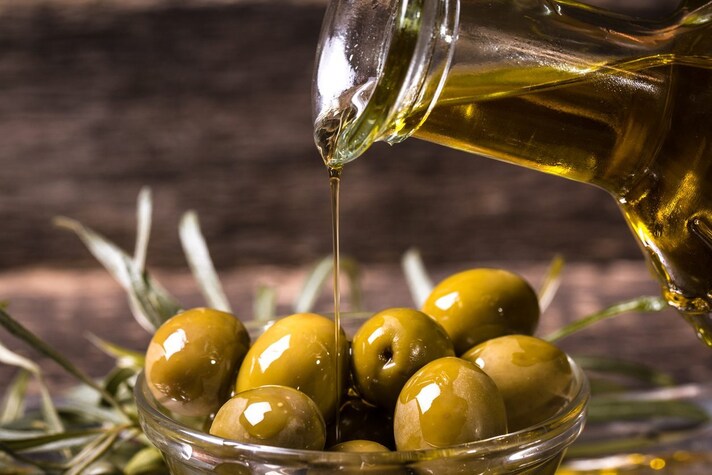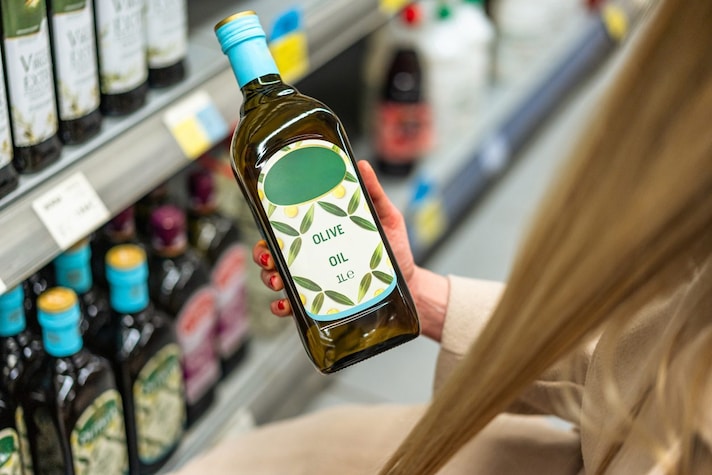
Who hasn't found themselves standing in front of the oil shelf and not knowing which one to choose? And while we know the basic difference between seed oil and olive oil, it becomes more difficult to distinguish the latter from extra virgin and virgin oils. But don't worry, after this article, you'll have a much clearer idea.
Same Fruit, Different Products: What's The Difference?
The common denominator between these three types of oil is the presence of olives: otherwise, they present many differences between them. Let's start with extra virgin, which is considered the purest and most valuable, and rightly so: this type is obtained by pressing the olives, which occurs using mechanical processes and without the use of solvents or chemical treatments. Extra virgin olive oil, as such, must possess specific requirements, including the level of acidity which, by law, must be less than or equal to 0.8% per 100 grams of product: a characteristic that can only be measured through specific tests, as acidity is not a criterion detectable by our palate. What our taste can, and above all must, perceive are some specific characteristics, in particular the presence of fruitiness: by this term we mean the smells and flavors that must be entirely reminiscent of that of the olive. It can be perceived to a greater or lesser extent, and this depends on the method used to process and transform the olives into oil and the cultivar from which they are derived. When tasting, therefore, it is essential that fruity aromas are present, with bitter and spicy notes, and that it also causes a slight tingling in the throat: this characteristic, contrary to what one might think, is a sign that we are dealing with an oil of excellent quality.

We now move to a slightly lower level with virgin olive oil: simply put, it is nothing more than extra virgin with a few small defects. The extraction and processing method is the same as the previous one, with the difference that this one does not meet the minimum criteria that classify an oil as extra virgin. It is therefore a product of slightly lower quality, unable to provide all the benefits of extra virgin olive oil, but still edible and pleasant to the palate, even if it has some slight imperfections: for this reason, it is better suited to cooking than to consumption raw. A significant difference is in the level of acidity, which, in the case of virgin olive oil, can reach up to 2% per 100 grams of product.
We conclude with the last oil on the list, namely simple olive oil. When not accompanied by any other term, this oil is not obtained through simple pressing, but is the result of a blend. It is obtained by combining lampante oil (therefore full of defects and inedible) with a small amount of virgin or extra virgin olive oil. Since lampante oil cannot be used in cooking due to processing errors or the use of unhealthy olives (in the past, it was even used as fuel to light lamps, hence the name), it requires a refining process before being mixed with the other oil. After this stage, it will be odorless, tasteless, and almost completely colorless. For this reason, the resulting oil lacks the aromatic complexity that distinguishes the first two and is therefore much better suited to frying and high-temperature cooking. It also has an acidity which, in this case, is a maximum of 1%.

In conclusion, we can certainly say that all three oils are edible, but extra virgin olive oil is certainly of superior quality and, consequently, is also the most expensive at the grocery store. And we know it's not always easy to opt for the most expensive products, but trust us when we tell you that when it comes to oil, it's better to opt for a quality one, especially for all the benefits that a good extra virgin olive oil can provide.
;Resize,width=767;)
